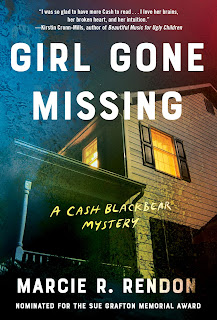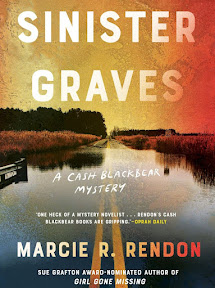Skiffy and Fanty was offered an electronic Advanced Reader Copy of Uncanny Vows (The Huntsmen, Book 2, out today, Nov. 28) for review, but I hadn’t read Uncanny Times (Book 1) yet. Although I strongly believe that a book up for an award should stand on its own, I think a reviewer should try to experience a book in context, rather than jumping into the middle of a series and then complaining that they don’t understand what’s happening.
Of course, a mid-series novel should contain enough back-references for someone plucking it off a library’s New Books shelf to be able to enjoy it without feeling lost, but most people read a series from the start. I think that’s better for reviewers, too, when possible.
Luckily for me, my lovely local library had an audiobook of Uncanny Times via Hoopla, so I was able to listen to it first, before starting the sequel.
I ended up feeling slightly lost anyway. I was a little annoyed by the beginning of Uncanny Times, which started off “Four. By the time the Harkers made their way back to the boardinghouse, darkness was creeping its way back through the treetops.” Rosemary and Botheration were named, so it seemed like these were the Harkers, but then “they” took Botheration to his kennel. So Botheration was a dog -- or a watch-wher, for all I knew at the moment, but that was enough to be going on with. Then "Aaron" laughed, so he was the other Harker, but it took a while longer to understand that Rosemary and Aaron were brother and sister rather than husband and wife, and even longer to figure out why they were at this boardinghouse (to investigate a mystery in the town).
I am not a reader who demands to be spoonfed information. Part of why I love speculative fiction is the enjoyment of figuring out how a world works; for example, I felt shocks of joy when things started coming together and making sense in Ann Leckie’s Ancillary Justice and Yoon Ha Lee’s Ninefox Gambit. However, when reading a gaslamp fantasy, what I want to be figuring out is the mystery, not the book’s structure.
What could have been a perfectly good framing device was only revealed later in the book, in Chapter 1 (the second in the book, after 4) – the brother and sister received a help-me letter from someone who’d aided the Huntsmen organization before with information. But for some reason, Gilman opened the novel after the story was already in progress.
It’s fashionable these days to start novels in the middle of the action: a fight, a chase, an argument. This method reveals some of the tone of the book, and promises that it’s not going to be too heavy on exposition. Preferably, there’s enough revealed during this action scene that the reader can start caring about the result, rather than just waiting impatiently to find out why it matters. But simply moving Chapter 4 to the first position in the book strikes me as a very bad choice.
I was also annoyed by some other early elements in the book. The Harkers appear to unquestioningly accept all the lore and governance handed to them by the Huntsmen, in whose service their parents had died when they were fairly young, and seem completely accepting of the view that humans are mostly good and everything else is unnatural/evil. However, I loved Gilman’s complex and nuanced Devil’s West trilogy (Silver on the Road, etc.), which is why I had jumped at the chance to review Uncanny Vows. I couldn’t believe that everything was going to continue so simplistically black-and-white, so I kept reading, and my patience was justified.
MILD SPOILERS FOLLOW:
It turned out that the mysterious killings that drew the Harkers to this town had some human complicity, and the villain had gotten involved out of entirely understandable motives. The Harkers got assistance from some totally unexpected quarters, and their final report to the Huntsmen ended up shading some of the truth to protect some allies.
So I was pleased to see the Harkers’ worldview expanding, and I fully expect to see more of that in the sequel.
I did quite enjoy the relationship between the Harkers, with their love and trust, and making allowances for each other’s bad habits, intermingling with teasing, small frictions and secrets. Their relationships with each other and with the Huntsmen reminded me more than a little of Sam and Dean Winchester and their (looser) association with the Hunters in the Supernatural TV series.
So far, I’m not as impressed with the opening of the Huntsmen books as I was with The Devil’s West, but Uncanny Truth was an entertaining light read, once I got past the beginning. And anyone who would like to read something that feels like early Supernatural episodes certainly might want to give the Huntsmen series a try.
Content warnings: Violence, deaths, drug abuse, era-accurate sexism
Comparisons: Supernatural TV series (early seasons)
Disclaimers: None (library book)
UPDATE 12/14/23: My review of the sequel, appears at Skiffy and Fanty. "I’m sure I’ll continue to like the Harkers’ relationship, and although Uncanny Vows
ties up most of its plot elements in a satisfying way, there are plenty
of intriguing hints left to be explored in future books."
https://skiffyandfanty.com/blog/book-review-uncanny-vows-by-laura-anne-gilman/



